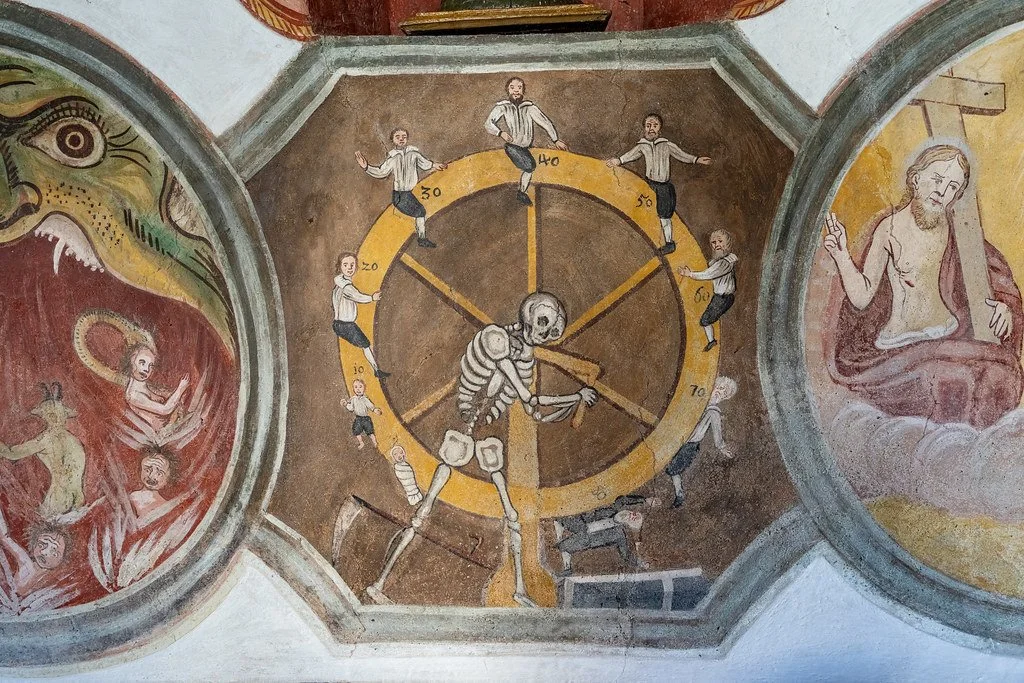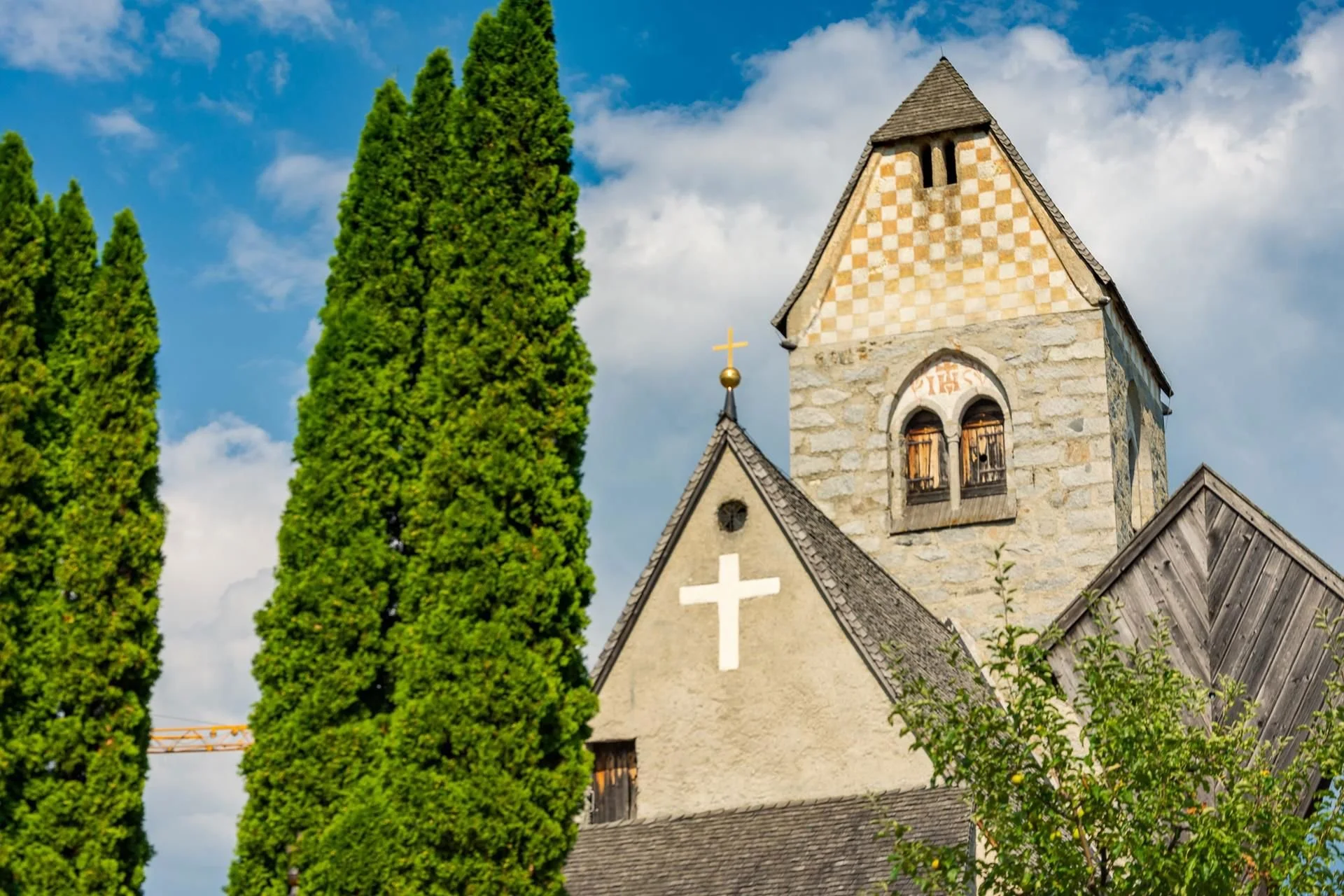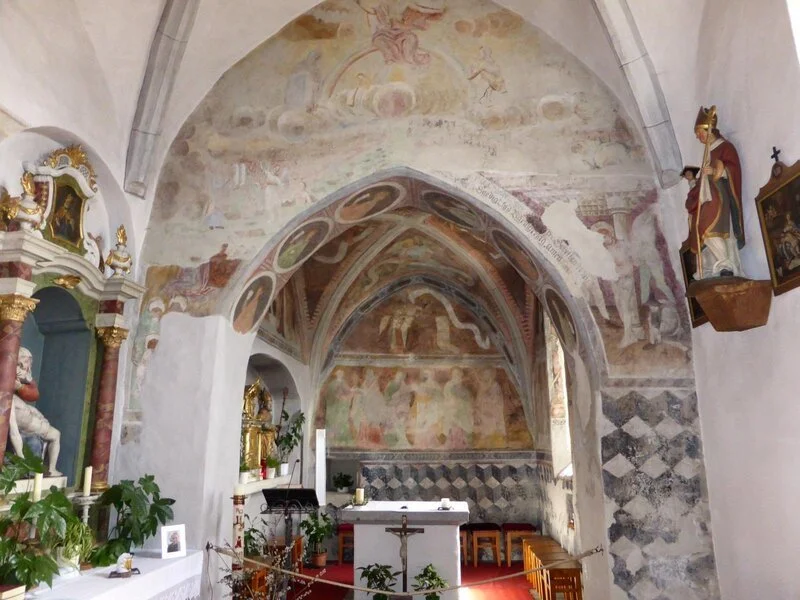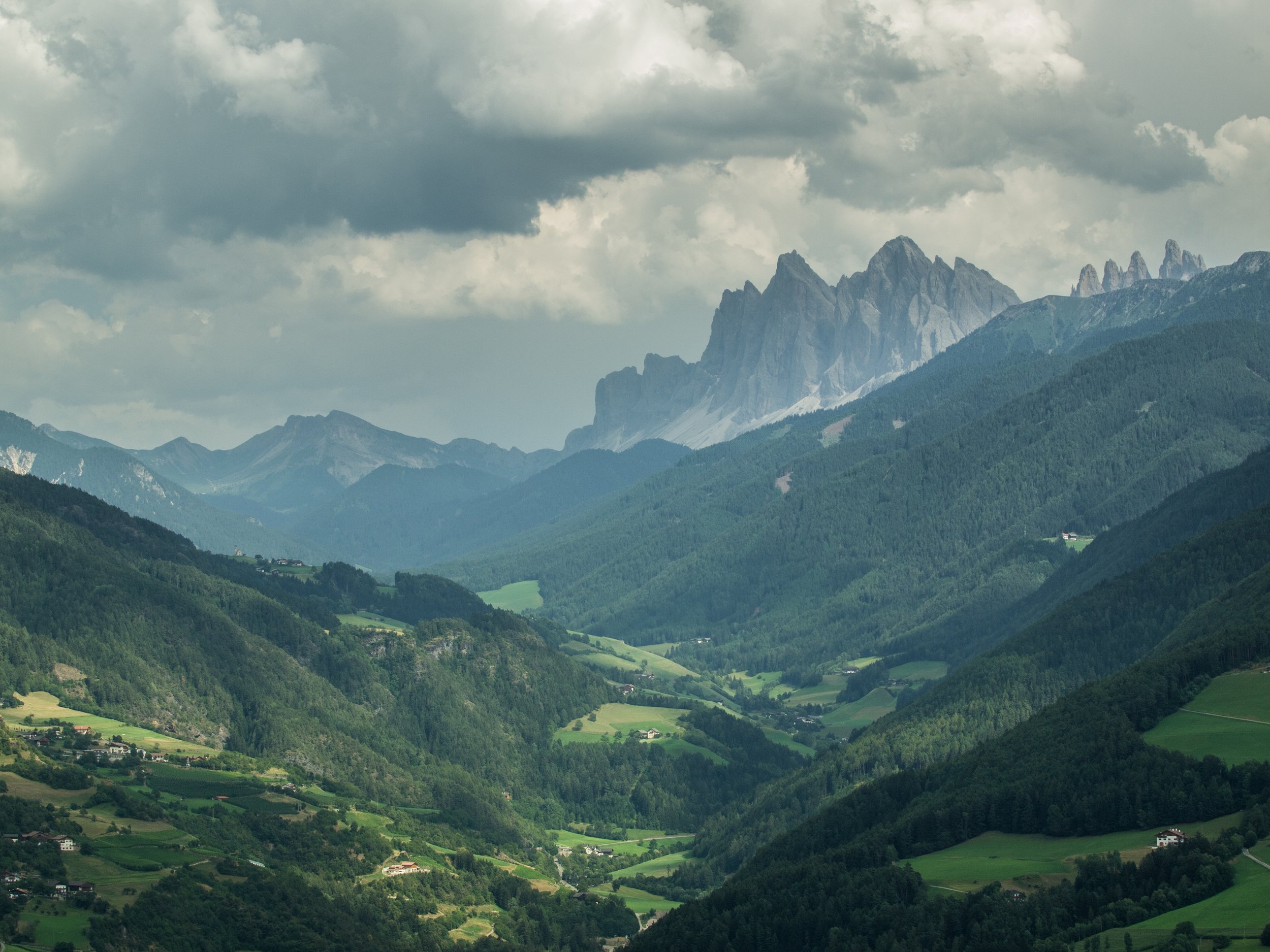
Step outside and explore.
Verdignes is your gateway to alpine trails, local vineyards, and quiet mountain charm.
Verdignes…
Verdings (Verdignes) is a tiny, sun-bathed hamlet perched about 950 m above Chiusa/Klausen in South Tyrol, looking straight across to the Dolomites. From the Romanesque-Gothic church of San Valentino you can stroll the Chestnut Trail (Keschtnweg), follow the short Birmehlweg loop past old farms, or drop down to Sabiona Abbey and Chiusa for art-filled lanes and cafés.
In autumn local taverns host “Törggelen” evenings with new wine and roasted chestnuts; the rest of the year you can visit nearby Velthurns Castle, sample hearty farm cuisine at Gasthaus St Valentin, or simply enjoy the orchards, chestnut groves and big-sky views that make Verdings perfect for slow, scenic walks.
…and its surroundings
-

Sabiona
Säben Monastery
A dramatic Benedictine monastery complex perched on a limestone promontory above Chiusa. Often called the “Acropolis of Tyrol,” it dates back to Late Antiquity and today offers fresco-filled chapels, tranquil cloisters, and sweeping views over the Eisack Valley.
-

Chiusa
Klausen
A compact medieval town straddling the Eisack River, celebrated for its pastel façades, vine-draped alleys, and artists’ legacy (Albrecht Dürer stayed here). It blends Tyrolean charm with Italian café culture and makes an excellent base for exploring the central Dolomites.
-
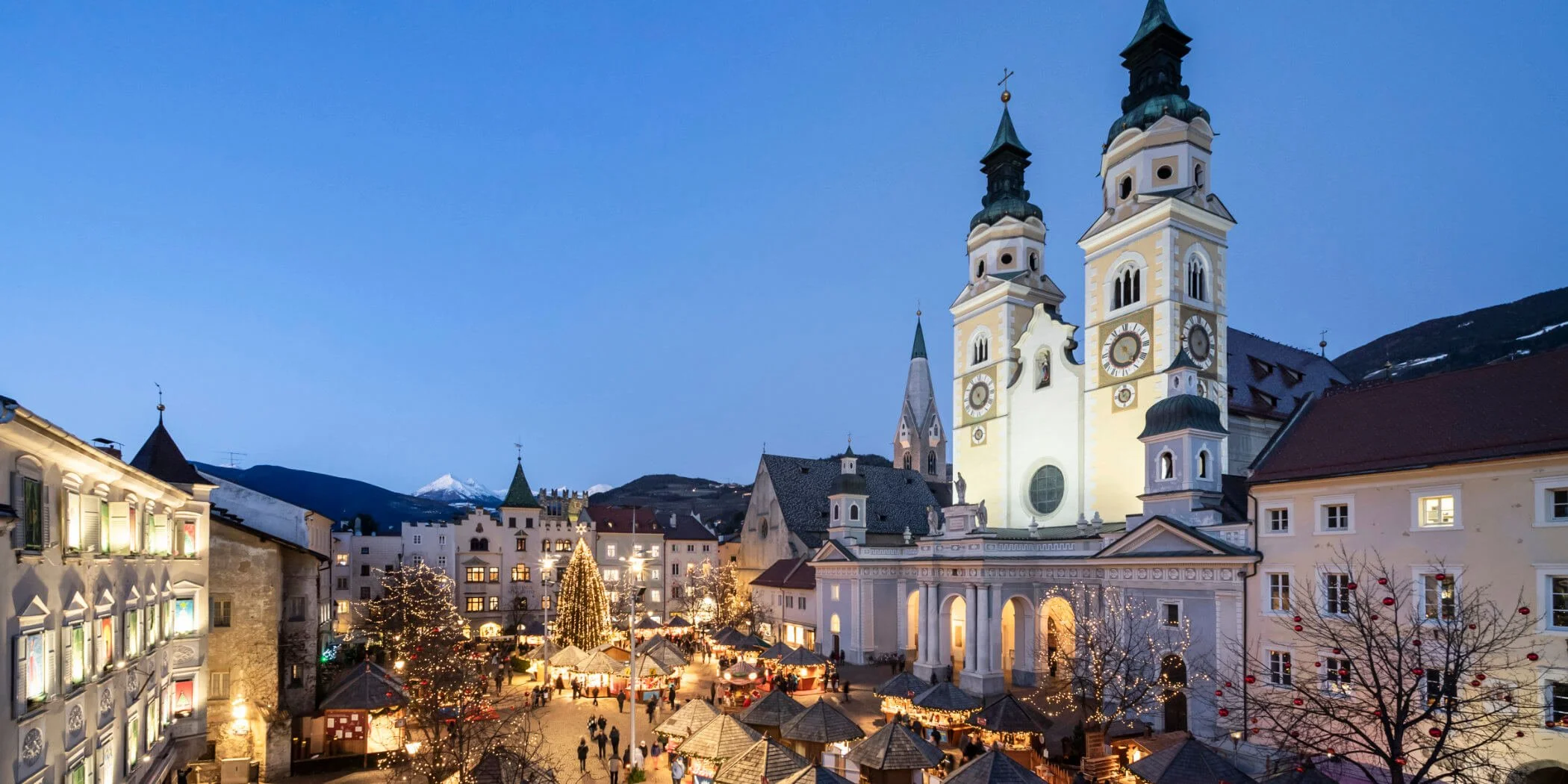
Bressanone
Brixen
South Tyrol’s oldest city and former prince-bishopric, distinguished by its baroque cathedral, cloister frescoes, and 1,000-year-old diocesan library. A vibrant small-city center of academia, wine production, and alpine-Italian gastronomy, it also anchors the Plose ski area.
-

Plose
Plosenberg
The 2,562 m mountain dominating Bressanone’s skyline. In winter it offers 40 km of sun-soaked pistes (famed for the 9 km Trametsch run); in summer it’s a hiking–MTB paradise with 360° Dolomite vistas from the panoramic platform at the cable-car summit.
-

Val Gardena
Grödnertal
A Ladin-speaking valley carved into the Dolomites, known worldwide for its World Cup ski races, Sella Ronda circuit, and centuries-old wood-carving tradition. Villages like Ortisei and Selva combine luxury hospitality with direct access to iconic peaks such as the Sassolungo.
-

Latzfonter's Cross
Latzfontser Kreuz
At 2,305 m, South Tyrol’s highest pilgrimage site crowns the ridge above Latzfons. The tiny Holy Cross chapel and its welcoming mountain refuge reward hikers with Dolomite and Sarntal vistas, hearty alpine fare, and a high-alpine atmosphere that makes overnight stays unforgettable.

